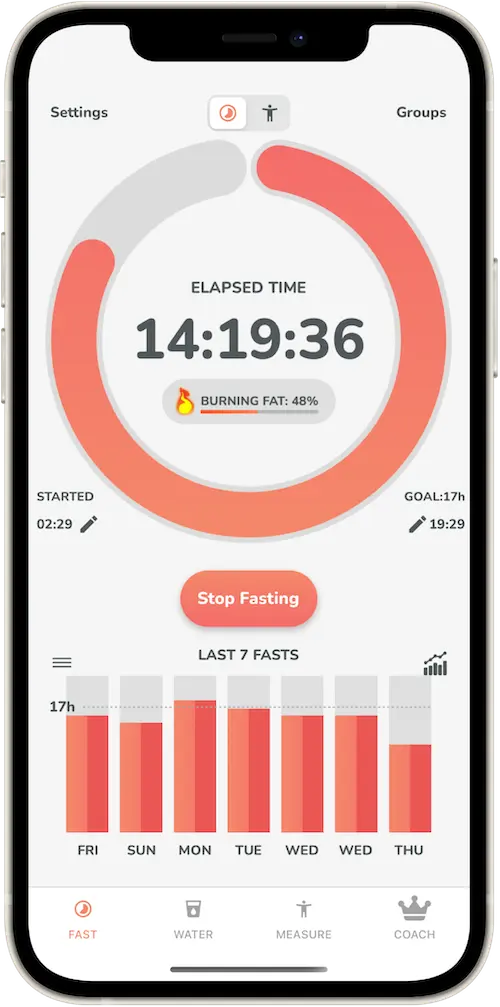Creating products that stick (and how to do it)
Today, I’m going to discuss a powerful framework for creating products that stick, become routine and have built-in growth engines.
But first, why adopt a framework for building products that stick?
It’s never been easier to build a product. It’s faster than ever and cheaper than ever to get something off the ground. No-code tools make it easy to stand on the shoulders of giants. The result is launching a product is 1000x easier than it was 10 years ago.
Yet, it’s never been harder to create a product that sticks with people. You’ve built a product that sticks when your product stands out and is overwhelmingly valuable.
This framework has reframed how I build products, and might be the same for you.
The single-player vs multiplayer framework:
Single-player
A single-player product is a product that you get value by yourself. You don’t need to use it with friends for it to be very valuable. The more sticky your single-player experience is, the more trust you build with your users.
Example:
Things, the award winning to-do list manager.
You don’t need friends for a high-end to-do list. You just need it to be super valuable and feel good.
Example:
Zero, the intermittent fast tracking app.
You don’t need friends for a purpose-built fast-app. You just need it to help you track your fasts, give you analytics, reminders and level you up.
The ah-ha moment of single-player is the eureka moment when you could see yourself making it a part of your daily or weekly rituals and habits.
Multiplayer:
Example:
Discord, group chatting app.
You need a group for a group chatting app to work. That’s why Discord (or Slack) have intricate onboarding flows for new admins to invite their friends/communities into the product.
They know that the “ah-ha” moment happens when the community is there.
Example:
BeReal, post a photo everyday with front-facing and rear facing camera.
You need a network of friends to get feedback on your photos. That’s 90% of the fun of the product.
The ah-ha moment means the eureka moment when you want to use this products with your friends, colleagues or community.
Single-player and multiplayer
These are products that combine single-player (retention) and multiplayer (word-of-mouth). This is where you eventually want to get to.
Example:
You could use Figma solo to be creative and draw interfaces on a Sunday AM. Or you could collaborate with other designers on a multiplayer canvas.
Example:
WW uses a tracker (single-player) couples with community (multiplayer) both in IRL (events and virtual (app).
The most common question I get about this framework:
Do I start single-player or multiplayer?
Well, first you start with the community. You find an underserved niche that you feel you understand them and speak to them in a way that resonates.
Then, realize that the holy grail is combining single-player and multi-player. For example, I first heard about Figma from a designer that had switched from Adobe XD. He had built significant trust with Figma as a single-player, recently moved to multi-player and the guy was literally screaming from the top of his lungs on rooftops about how amazing Figma was. That’s the power of single + multi in a nutshell.
However, it is usually easier to begin with single-player. Building multiplayer is more complex. You need to have liquidity (ie: friends needs to be online for the ah-ha moment to be most fertile).
I believe multiplayer mode is the most misunderstood part of the internet today. Way more upside. That’s why you’ll see a multiplayer-first business like Figma sell for $20b.
TLDR;
If you’re building a new product, ask yourself, what part of this is single-player, what part of this is multiplayer? Why does it make sense to start single versus multi?
It’s an important question because if you nail it, finding product/market fit becomes easier and customers find you instead of you finding customers.
Add this one to your product framework toolkit.
Thank you for reading.
If you enjoyed this piece, share it on Twitter etc. Others might find it interesting too.
And subscribe to the newsletter if you haven’t already. 35,000+ others do so they don’t miss the next post.








Well framed examples. Enjoyed!
Hi Greg 👋
Thank you for writing and sharing an insightful post!
I was just thinking about the question recently: Single-player vs. Multiplayer. We are building Glasp, a social web highlighter for avid readers and learners, and I think in our case:
Single-player: keep track of ideas and notes from online reading/watching
Multiplayer: share insights with friends or coworkers & discover thought-provoking content from the community
For us, focusing on single-player first, then gradually incorporating multi-player mode makes sense.
https://glasp.co/
Anyway, thank you so much for sharing this!
Happy learning,
Kazuki